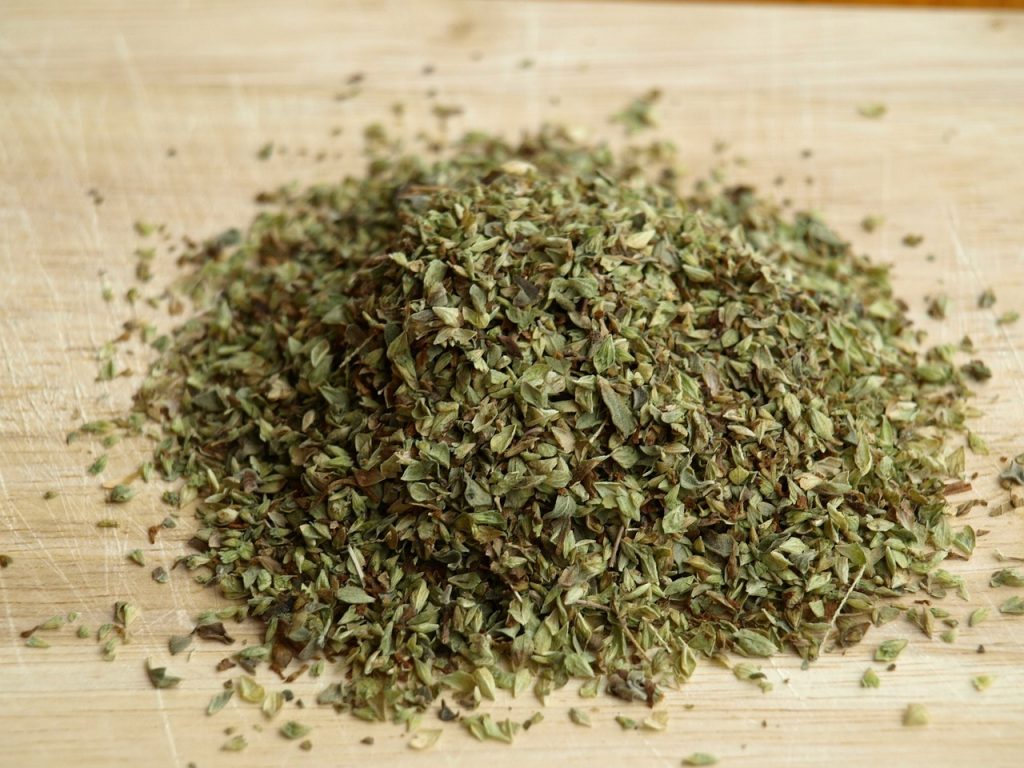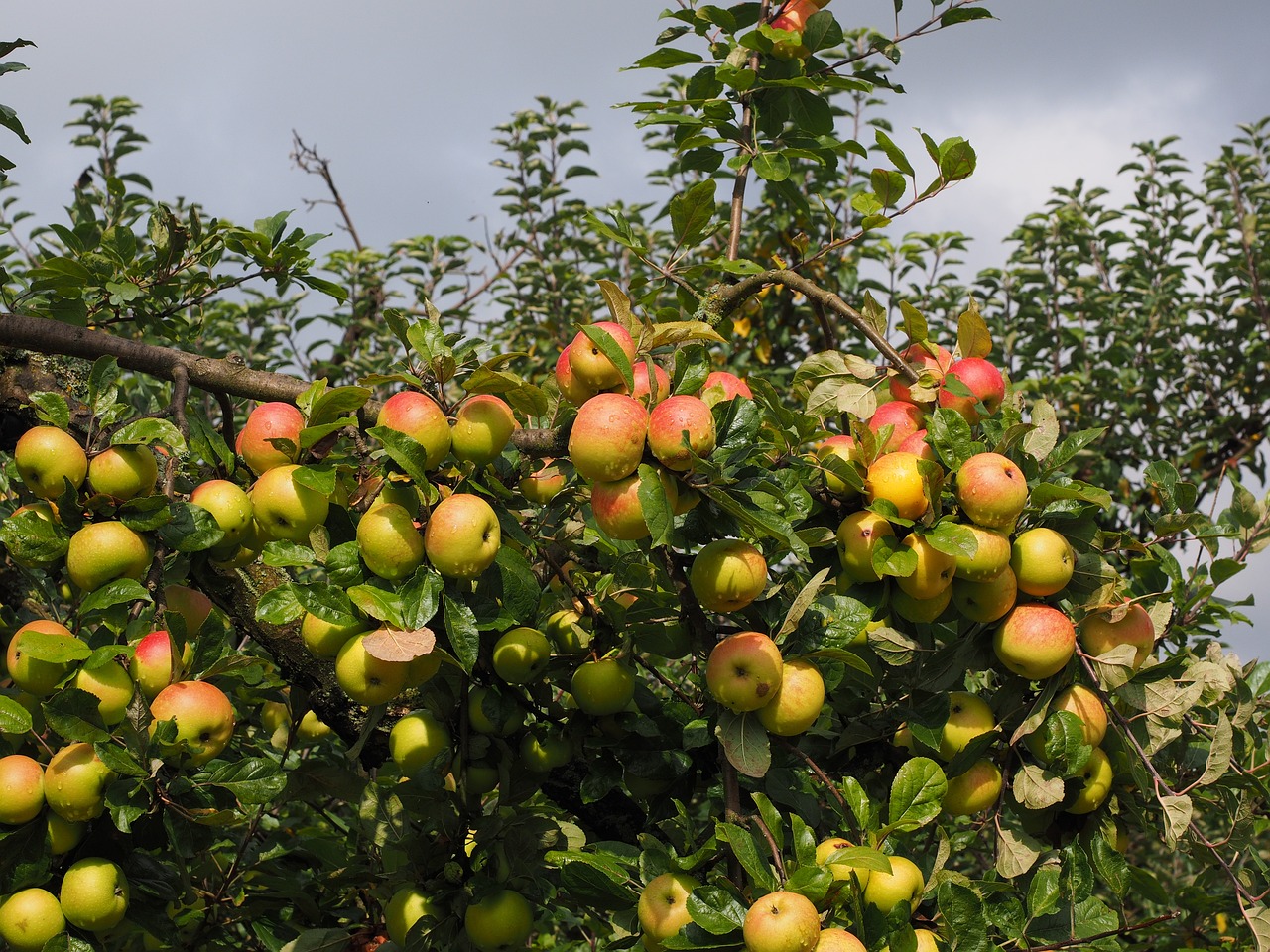Oregano is a low-maintenance plant that requires minimal care once established, making it an excellent choice for both novice and experienced gardeners alike.
Its lush, green foliage and compact growth habit make it an attractive addition to herb gardens, borders, or container gardens. When brushed, its aromatic leaves release a pleasant scent, and its dainty flowers attract pollinators such as bees and butterflies to a garden.
Here’s a complete guide on how you can grow and care for oregano in your home garden:
Description
Oregano (Origanum vulgare) is a perennial herb belonging to the mint family, Lamiaceae. It’s native to the Mediterranean region but is now widely cultivated worldwide, primarily for its culinary and medicinal uses.
Oregano typically grows as a small bushy plant, reaching a height of about 20-80 centimeters (8-32 inches). It has square stems with small, oval-shaped leaves that are dark green in color.
It’s commonly used to flavor sauces, soups, stews, meats, vegetables, and pizza. It pairs well with other herbs like basil, thyme, and rosemary.
| Botanical name: Origanum vulgare | Propagation: Seeds, cuttings |
| Common name: Oregano | Soil type: Loamy, sandy loam |
| Family: Lamiaceae | Soil pH: 6.0-8.0 |
| Plant type: Herb, Perennial | Temperature: 65°F to 70°F |
| Hardiness zones: USDA zones 4-8 | Light: Full sun |
| Mature size: 8-32in. tall | Spacing: 12-18 inches |
| Flower color: White, purple, pink | Pollination: Bees |
| Time to harvest: 45-60 days | Toxicity: Nontoxic |
| Native area: Mediterranean |
Temperature requirements
Oregano prefers to grow at temperatures between 65°F to 70°F (18°C to 21°C) during the day and slightly cooler temperatures at night. It can tolerate temperatures as low as 50°F (10°C) but may suffer damage if exposed to prolonged frost or freezing conditions.
Soil requirements
Well-draining soil is essential for oregano. It prefers a slightly alkaline soil with a pH level between 6.0 and 8.0. Sandy loam or loamy soil types are ideal.
Light/Sun requirements
Oregano grows best in full sunlight, meaning it needs at least 6 to 8 hours of direct sunlight each day. If you live in a region with hotter weather conditions, provide some afternoon shade to prevent the plants from becoming stressed.
When to Plant Oregano
The ideal time to plant oregano depends on your climate and growing conditions. Plant oregano during spring when the danger of frost has passed, and the soil has warmed up. In tropical and subtropical regions, oregano can be planted at any time of the year.
Garden preparation
Remove any weeds, rocks, or debris from the planting area. Oregano doesn’t compete well with weeds, so it’s essential to keep the area clean.
Incorporate organic matter into the soil to improve its texture and fertility. Spread a 2- to 3-inch layer of compost or well-rotted manure over the planting area and mix it into the top 6-8 inches of soil.
Planting Oregano
Oregano can be planted by starting from seeds or transplants.
If starting from seeds, sow them directly into the prepared soil after the danger of frost has passed. Plant the seeds shallowly, about 1/4 inch deep, and space them 6 to 12 inches apart.
If using transplants, dig a hole slightly larger than the root ball of the plant. Gently loosen the roots and place the transplant in the hole at the same depth it was growing in its container. Backfill with soil and ensure that plants are firmly held in the soil. Space transplants 12 to 18 inches apart.
After planting, water the oregano thoroughly to help settle the soil and encourage root establishment. Keep the soil consistently moist but not waterlogged during the initial establishment period.
How to Care for Oregano plants
Watering: Oregano prefers soil that is consistently moist but not waterlogged. Water the plants deeply whenever the top inch of soil feels dry to the touch. Avoid overwatering, as oregano doesn’t grow well in soggy conditions.
Fertilization: Oregano is not heavy feeder, but you can apply a balanced fertilizer such as 10-10-10 once or twice during the growing season to promote healthy growth.
Pruning: Regular pruning helps keep oregano plants bushy and productive. Pinch back the stems regularly, especially after flowering, to encourage new growth and prevent the plant from becoming leggy. Harvesting also serves as a form of pruning.
Mulching: Apply a layer of organic mulch, such as straw or shredded bark, around the base of the plants to help retain soil moisture, suppress weeds, and regulate soil temperature.
Overwintering Oregano plants
In colder climates, oregano usually dies back in winter but will often regrow from the roots in spring. Mulch around the base of the plants in late fall to help insulate the roots and protect them from freezing temperatures.
How to grow Oregano in containers
Choose a container with good drainage holes at the bottom to prevent waterlogging. Terracotta or plastic pots work well for growing oregano. Make sure the container is large enough to accommodate the oregano plant’s root system and allow for future growth.
Use a well-draining potting mix for container-grown oregano. You can either use a commercial potting mix or create your own by combining equal parts of potting soil, perlite, and coarse sand. Avoid using heavy garden soil, as it can lead to drainage issues.
Fill the container with the potting mix, leaving about an inch of space below the rim. If planting from seeds, sow them directly onto the soil surface and lightly cover them with a thin layer of soil. If using transplants, gently remove the plant from its nursery container and place it in the center of the pot. Add more soil around the plant and firm it gently to remove any air pockets.
Water the newly planted oregano thoroughly to settle the soil and encourage root establishment. Allow excess water to drain out from the bottom of the container. Afterward, water the oregano whenever the top inch of soil feels dry to the touch. Be careful not to overwater, as this can lead to root rot.
Harvesting Oregano
Oregano leaves can be harvested throughout the growing season, but the flavor is most intense just before the plant flowers. The best time to harvest in the morning when the essential oils are most concentrated.
Use sharp scissors or pruning shears to harvest oregano. You can either snip individual leaves or cut entire stems, depending on what you prefer. Snip just above a set of leaves to encourage branching and new growth.
As you harvest oregano, avoid removing more than one-third of the plant’s foliage at a time. Leaving some leaves behind ensures the plant continues to grow and produce.
Storage
Fresh oregano can be used immediately in cooking, or you can store it for later use. To store fresh oregano, you can place the leaves in a plastic bag or airtight container and store them in the refrigerator. They should stay fresh for about a week.
Alternatively, you can dry the leaves by hanging them upside down in a warm, dry place with good air circulation. Once completely dry, store the leaves in an airtight container in a cool, dark place. Dried oregano can retain its flavor for several months.

Pests and Diseases
Oregano is relatively resistant to pests and diseases, but occasional problems like aphids, spider mites, or powdery mildew may occur. Monitor your plants regularly and treat any issues promptly with organic pesticides or fungicides.




